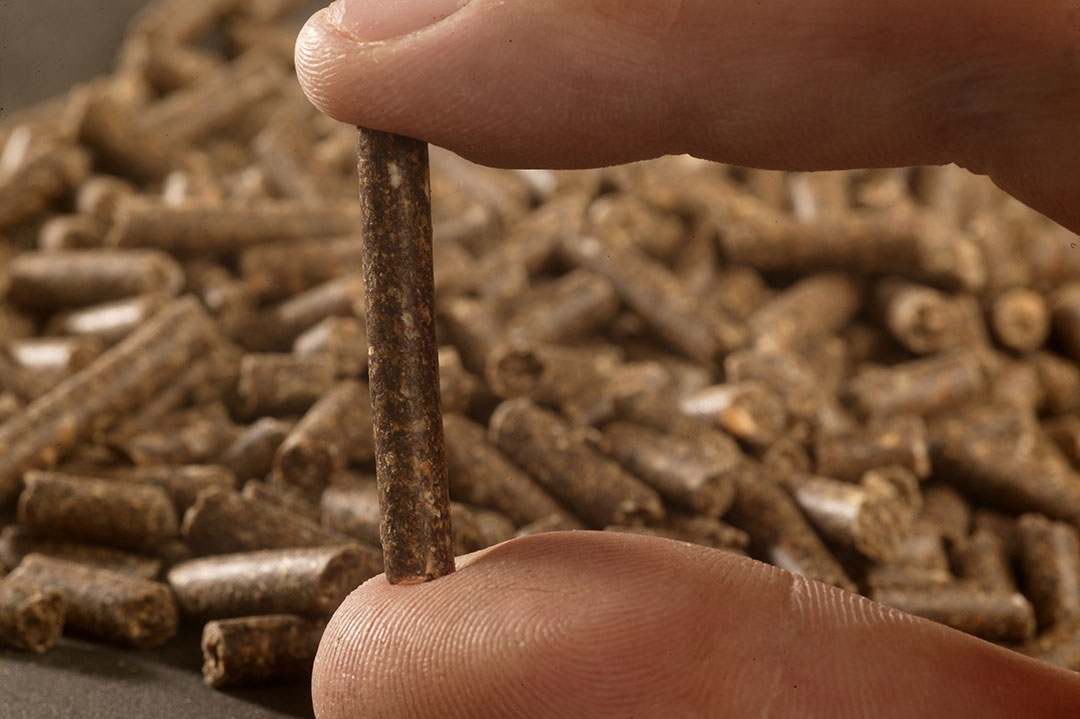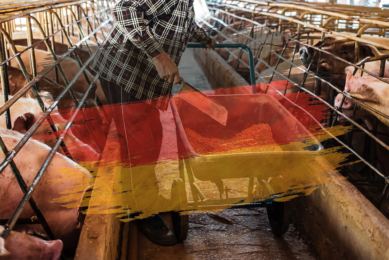3% growth in compound feed in 2018

International feed tonnage has increased by a strong 3% to 1.103 billion metric tons of feed produced in 2018, exceeding 1 billion metric tons for the third consecutive year. Most regions showed continued growth.
This is according to data from the Alltech Global Feed Survey, released on Tuesday, 29 January. The 8th edition of the annual survey includes data from 144 countries and nearly 29,605 feed mills. If we look at the last 7 years, we see a continuous rise in global feed production, from 954.4 million metric tonnes (MT) in 2012 to 1,103 million tonnes in 2018. The last 3 years, the total volume has been over the 1 billion MT. The feed is produced in fewer feed mills, meaning that the feed mills become bigger (and smaller in total number) each year.
The big 7 countries
The top 7 countries (the big 7) are China, the US, Brazil, Russia, India, Mexico and Spain. These countries can be viewed as an indicator of the trends in agriculture. All countries showed an increase, except for Brazil, which showed a small decrease in total feed production in 2018 (68.7 million MT versus 69.9 million MT in 2017). China remains the ultimate winner with 187,9 million MT in 2018. This is 5.4% more than in 2017.
Regional results: Asia-Pacific produces the most
Asia-Pacific produced 394.9 million MT in 2018. The Asia-Pacific region is home to several of the top 10 feed-producing countries, including China, India and Japan, and accounted for more than 36% of the world’s feed tonnage.
Europe produced 277.1 million MT in 2018. Growth was seen in layer (7%), broiler (5%), aquaculture (5%), dairy (4%) and pig (3%). Beef was the only primary protein species to decline, though it was less than 1%.
North America produced 198.6 million MT in 2018. Beef and broilers led the growth at 3% each. The US remained the second-largest feed-producing country globally, behind China.
Latin America produced 164.4 million MT in 2018. As a region, Latin America was relatively stagnant this year. Brazil remained the leader in feed production for the region and third overall globally.
Africa produced 40.6 million MT in 2018. Africa continued strong growth with a 5% increase in overall feed production, and no country in the region saw a decline.
The Middle East produced 27.6 million MT in 2018. The Middle East is still the smallest region of production, but it did see feed production increase by 2% in 2018. The region remained flat in many species, but the primary contributor to the increased feed production was in the broiler species.
Species results: Growth in aquafeed and pet food
152.6 million MT layer feed and 304.6 million MT broiler feed was produced. Major growth areas for layer feed included Europe, Latin America and Asia-Pacific. Africa showed 9% growth, demonstrating an overall trend that as populations grow and become wealthier, interest in protein, particularly in palatable chicken, does as well.
293.2 million MT pig feed was produced. This is nearly 1% more than 2017. The primary producing region for pig feed is Asia-Pacific, but this was also the only region that saw a decline in pig feed production as Mongolia, Vietnam, China, New Zealand and Japan experienced decreases.
131.2 million MT dairy cattle feed and 82.1 million MT beef cattle feed was produced. Growth was seen in North American, Europe and Africa, while Latin America remained flat. Europe, a global leader in dairy production, grew on average by approximately 4%.
40.1 million MT aquafeed was produced. Overall, aquaculture feeds showed growth of 4% over last year. This was primarily attributed to strong increases in the Asia-Pacific and European regions.
26.6 million MT pet food was produced. The pet food sector saw growth of approximately 1%, primarily attributed to an increase in the Asia-Pacific region, which was offset by a decrease in the Latin American and African regions. North America and the Middle East both remained relatively flat.











